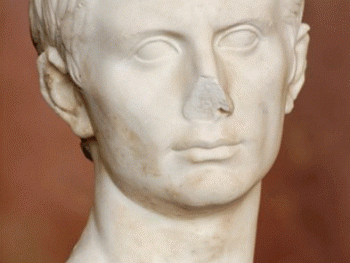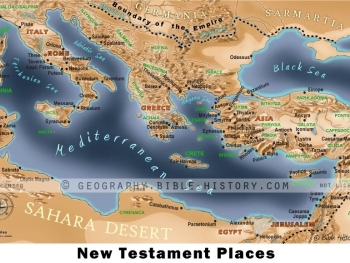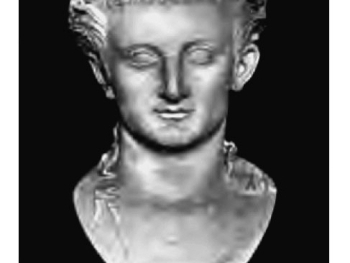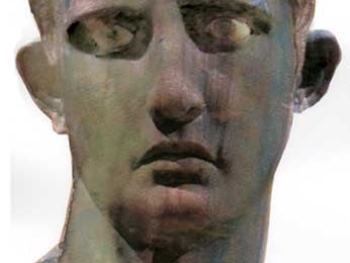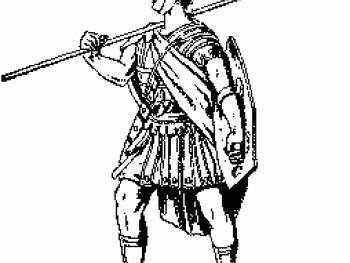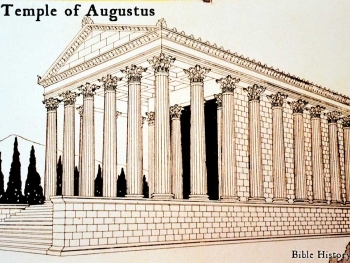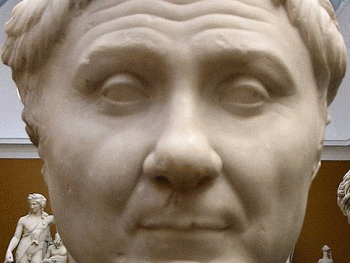In the Bible, an alabaster jar refers to a type of container made from alabaster stone. Alabaster is a soft, white or translucent mineral often used in ancient times for crafting vessels or containers for various purposes.
One notable mention of an alabaster jar is found in the New Testament in Luke 7:37-38, which describes a woman who brought an alabaster jar of fragrant oil to anoint the feet of Jesus. In this account, the woman is identified as a sinful woman who expresses her love and repentance through this act of devotion.
The use of an alabaster jar in this story emphasizes the preciousness and value of the oil contained within. The act of breaking the jar and pouring the oil signifies an extravagant and sacrificial offering of love and worship.
Alabaster jars were also used for other purposes in biblical times. For example, in Mark 14:3-9 and Matthew 26:6-13, a woman is described as pouring expensive perfume from an alabaster jar onto Jesus' head. This act is recognized as a symbol of honor and preparation for his burial.
The use of alabaster jars in these biblical accounts highlights the significance of offering one's best and most valuable possessions as an expression of devotion, worship, and selfless love.
In summary, an alabaster jar in the biblical context refers to a container made of alabaster stone, often used for holding precious oils, perfumes, or other valuable substances. It symbolizes acts of devotion, worship, and sacrificial giving.
